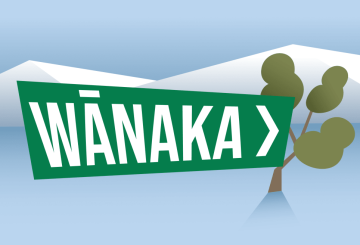침입성이 높은 잡초인 벨벳리프 식물은 와이카토 지역의 두 농장에서 발견되었습니다.중국과 인도가 원산지인 이 잡초는 최대 2.5m까지 자랄 수 있으며 잎은 크고 하트 모양입니다.수분과 영양분을 빠르게 흡수하여 농작물 수확량에 해를 끼칠 수 있기 때문에 뉴질랜드 농작물에 문제가 되어 왔습니다.
성숙한 벨벳잎 식물은 최대 15,000개의 종자를 생산할 수 있으며, 종자는 약 50년 동안 토양에서 생존할 수 있습니다.최근의 이러한 발견은 2019년 마지막 발병 이후 이 지역에서 처음으로 새로 발견된 사례입니다.
와이카토 지역 위원회 생물보안 해충 식물 팀의 리더인 다리온 엠블링 (Darion Embling) 은 이러한 새로운 발병이 농업 부문에 경종을 울리고 있다고 말했다.그는 이 잡초가 2011년 이 지역에서 처음 발견된 이래로 잡초를 방제하기 위한 노력에도 불구하고 이런 새로운 발병을 보게 되어 실망스럽다고 말했다.
2016년에 전국적으로 유행한 것은 수입산 사료용 사탕무가 원인이었습니다.그러나 잡초는 수확 기계와 감염된 사료를 통해서도 퍼질 수 있습니다.팀은 현재 추가 확산 위험을 관리하기 위해 기계와 농작물 이동을 추적하는 데 집중하고 있습니다.
감염 지역 대부분은 와이카토 북부, 마타마타-피아코, 남부 와이카토에 있습니다.직원들은 토지 소유자와 협력하여 농장 관리 계획을 세우고 있습니다. 해충 퇴치는 엄밀히 따지면 토지 소유주에게 있기 때문입니다.
와이카토 농민 연합 경작위원장인 도널드 스토비 (Donald Stobie) 는 이 잡초가 침입성이 강해 찾기가 어려울 수 있다고 말했다.그는 이 나무가 빠르게 퍼져 밭을 차지하고 다른 식물들을 억제할 수 있다고 말했습니다.밭에서 잡초가 발견되면 그 밭을 몇 년 동안 격리하고 다시는 농작물에 사용하지 말아야 합니다.
농부와 재배자는 주의를 기울이고 잡초가 퍼지지 않도록 기계를 깨끗하게 유지하는 것이 좋습니다.벨벳잎에 대한 신고는 경작 연구 재단과 1차 산업부에 제출할 수 있습니다.

















































-360x245.jpg)










